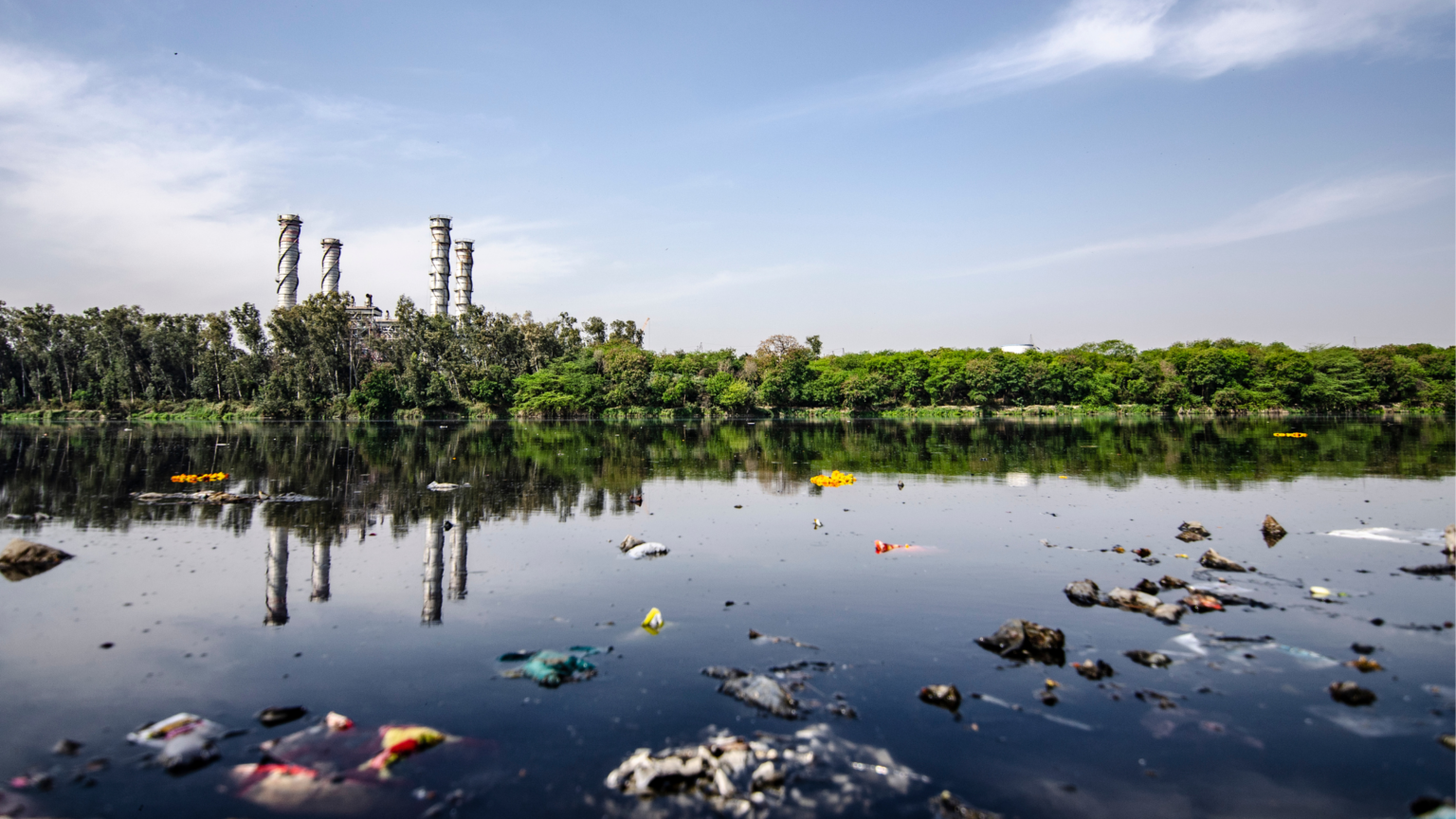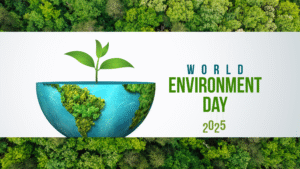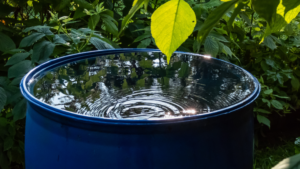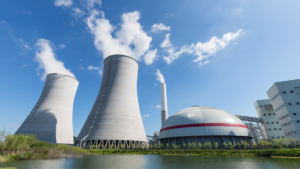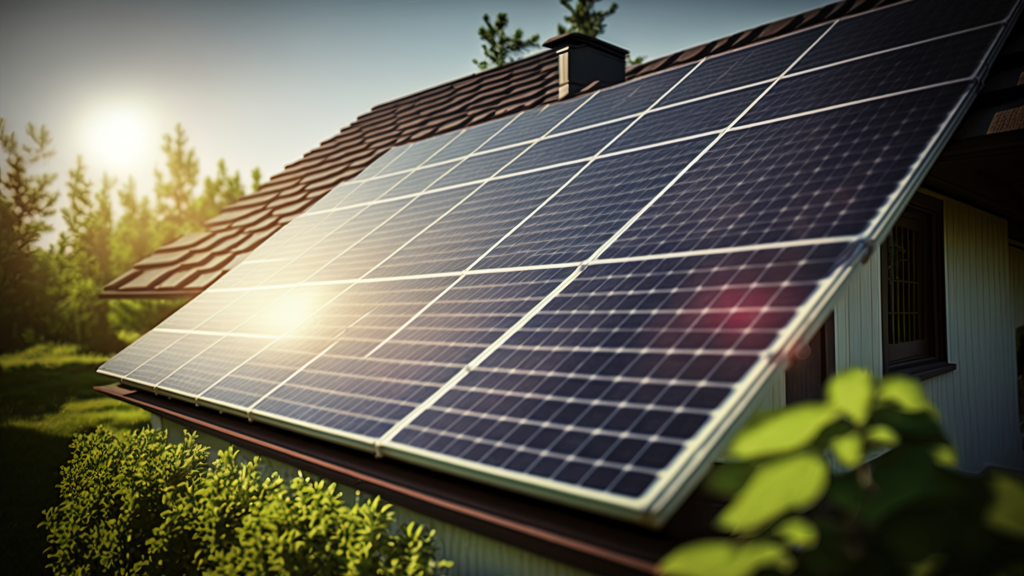Every drop of water tells a story, and right now, that story is reaching a critical chapter. From the depths of our oceans to the neighborhood creek where children once played, water pollution has silently crept into every corner of our world, leaving its toxic fingerprint on everything it touches. Our rivers, lakes, and seas – the very arteries of Earth – are crying out for help.
Let’s uncover how to stop water pollution as an individual and a community on a broader scale.
Read Related: What’s Heating Up Our Waters? A Look at Thermal Pollution
The Severity of Water Pollution
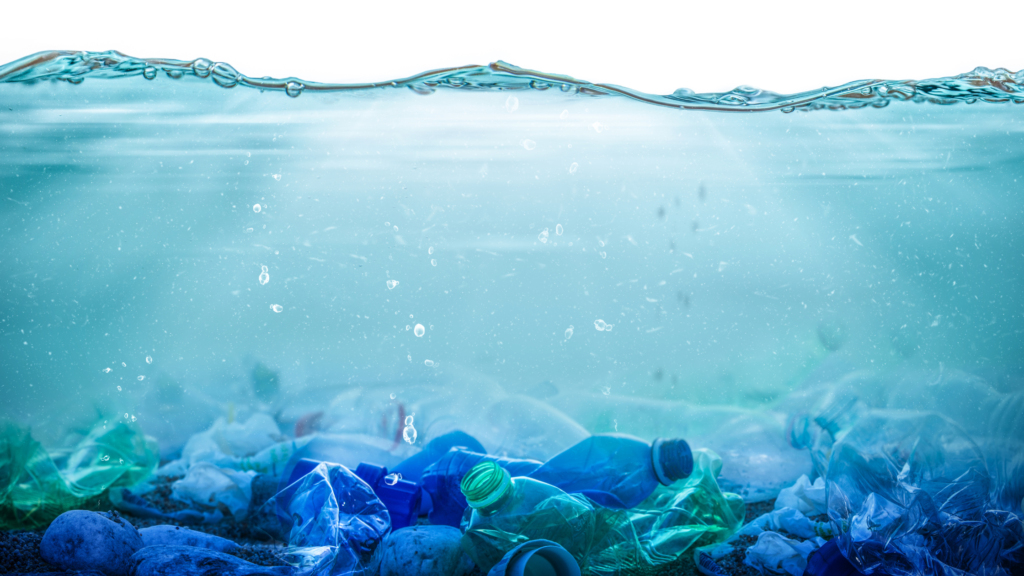
The sources of this pollution are as varied as they are alarming: industrial factories releasing their waste, farms washing fertilizers into streams, urban runoff carrying debris and grime, inadequate sewage systems overflowing, catastrophic oil spills leaving lasting scars, and deforestation that disrupts nature’s balance.
But it’s not just the fish and the flora that suffer; our health is at stake too. The water we drink, the food we eat, and the recreational spaces we cherish are all under threat.
Contaminated water can unleash a host of serious health issues, from the gut-wrenching grip of waterborne diseases to skin ailments, respiratory troubles, and even cancer.
The history of cleanup efforts at Chesapeake Bay, once one of the most polluted estuaries in the world, has been in recent years. Decades of collaborative efforts by governments, industries, and communities have led to significant reductions in nutrient and sediment pollution. This success story demonstrates the power of collective action and the importance of long-term commitment.
Individual Actions to Combat Water Pollution
As individuals, we can make a significant difference to combat this issue. Here are some practical steps to avoid water pollution:
Reduce, Reuse, Recycle| Minimize plastic waste, which often ends up in our waterways. Opt for reusable items like water bottles and shopping bags.
Singapore’s NEWater initiative is a groundbreaking case study in water recycling and pollution prevention. The city-state transformed treated wastewater into high-quality drinking water. It not only mitigated water pollution but also addressed water scarcity. The success of NEWater demonstrates how technological innovation and public awareness can lead to sustainable water management.
Conserve Water| Take shorter showers, fix leaky faucets, and water your plants efficiently. Every drop counts!
Use Eco-Friendly Products| Choose non-toxic cleaning products and avoid products containing harmful chemicals.
Dispose of Waste Properly| Never dump chemicals, oil, or other pollutants down the drain or into waterways.
Volunteer for Clean-up Efforts| Participate in local beach, river, or park clean-ups to remove litter and debris.
Community Initiatives to Address Water Pollution
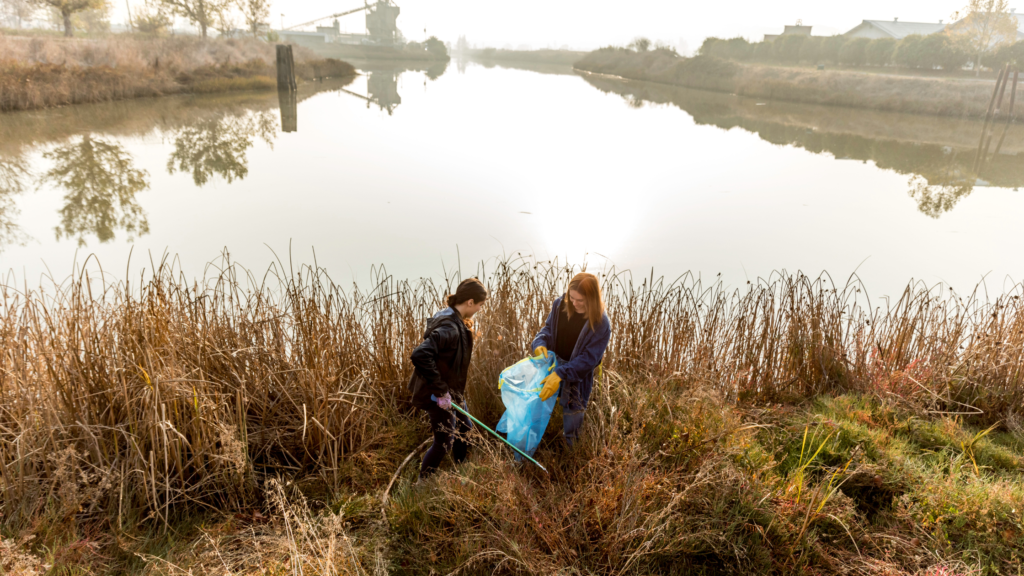
Support Local Water Conservation Efforts| Advocate for policies that protect water resources and promote sustainable practices.
Participate in Community Clean-up Days| Organize or join community clean-up events to address local water pollution issues.
Form Water Conservation Groups| Create community groups to raise awareness, educate the public, and implement water conservation projects.
Collaborate with Local Businesses| Encourage businesses to adopt eco-friendly practices and reduce their water usage.
Research conducted by the Chesapeake Bay Program showcased a successful initiative to reduce agricultural runoff through best management practices (BMPs). By implementing cover cropping, nutrient management, and streamside buffers, the initiative resulted in a 20% reduction in nitrogen and phosphorus pollution. This case study emphasizes the role of sustainable farming practices in protecting water resources and restoring aquatic ecosystems.
Government and Industry Roles in Water Pollution Control
Governments and industries play a vital role in preventing and controlling water pollution. Here are some key actions they can take:
Stricter Environmental Regulations| Governments should implement and enforce stringent regulations to limit pollution from industries and agriculture.
Sustainable Industrial Practices| Industries should adopt eco-friendly practices, such as reducing waste, minimizing water usage, and treating wastewater effectively.
Investment in Wastewater Treatment| Governments should invest in modern wastewater treatment plants to ensure that wastewater is properly treated before being discharged into water bodies.
The investments in the US CWSRF program in wastewater treatment infrastructure significantly reduced pollution levels in rivers and streams. The program has funded over $140 billion since its inception, leading to improvements in water quality and public health outcomes. The program outcome highlights the importance of financial mechanisms in combating water pollution.
Public Awareness Campaigns| Governments and organizations should educate the public about the importance of water conservation and pollution prevention.
Innovative Solutions for a Cleaner Future
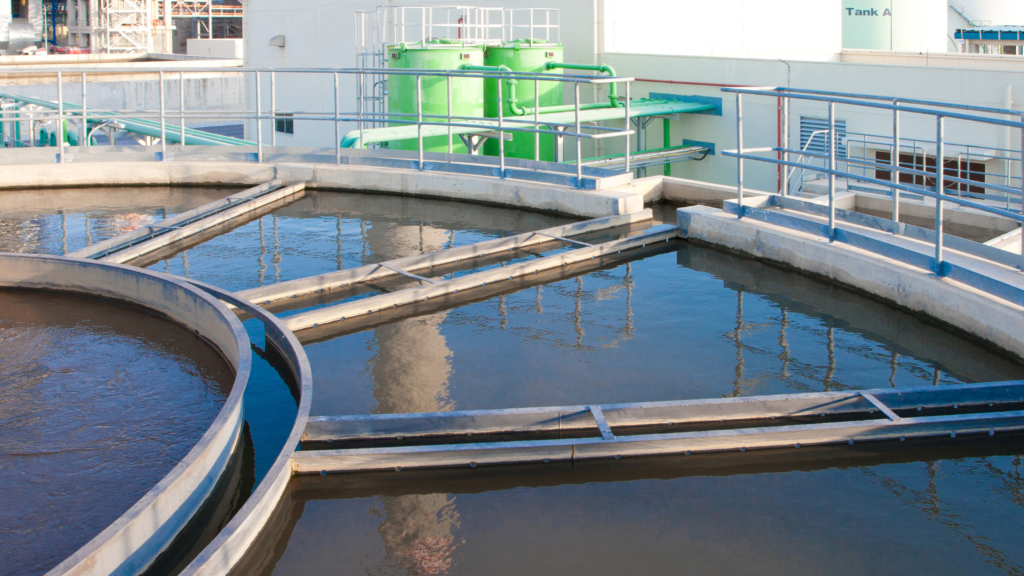
Technological advancements and nature-based solutions offer promising avenues addressing how to stop water pollution.
Technological Advancements:
Wastewater Treatment Technologies| Advanced technologies can effectively remove pollutants from wastewater.
Water Filtration Systems| Innovative filtration systems can purify water and remove contaminants.
Biosensors for Pollution Monitoring| Real-time monitoring of water quality can help identify and address pollution issues promptly.
Nature-Based Solutions:
Wetlands for Water Purification| Wetlands can naturally filter water and remove pollutants.
Green Infrastructure| Green roofs, rain gardens, and permeable pavements can help reduce stormwater runoff and improve water quality.
Reforestation| Planting trees can help protect water bodies from erosion and sedimentation.
US federal’s Great Lakes Restoration Initiative has invested billions of dollars to restore and protect the Great Lakes. It has led to significant improvements in water quality, habitat restoration, and reduced pollution.
A Brighter Future for Our Waters
By understanding how to stop water pollution, we can rise to the challenge and protect our most precious resource together!
From individual choices to large-scale initiatives, every effort counts. By reducing plastic waste, conserving water, supporting sustainable practices, and advocating for stronger environmental regulations, we can protect our water resources and ensure a healthier planet for future generations.
Let’s work together to safeguard our water bodies and create a sustainable future where clean water is a right, not a privilege.
Sources
- https://www.cbf.org/how-we-save-the-bay/chesapeake-clean-water-blueprint/the-history-of-bay-cleanup-efforts.html
- https://www.epa.gov/great-lakes-funding/great-lakes-restoration-initiative-glri
- https://www.pub.gov.sg/Public/WaterLoop/OurWaterStory/NEWater
- https://www.epa.gov/cwsrf/about-clean-water-state-revolving-fund-cwsrf

